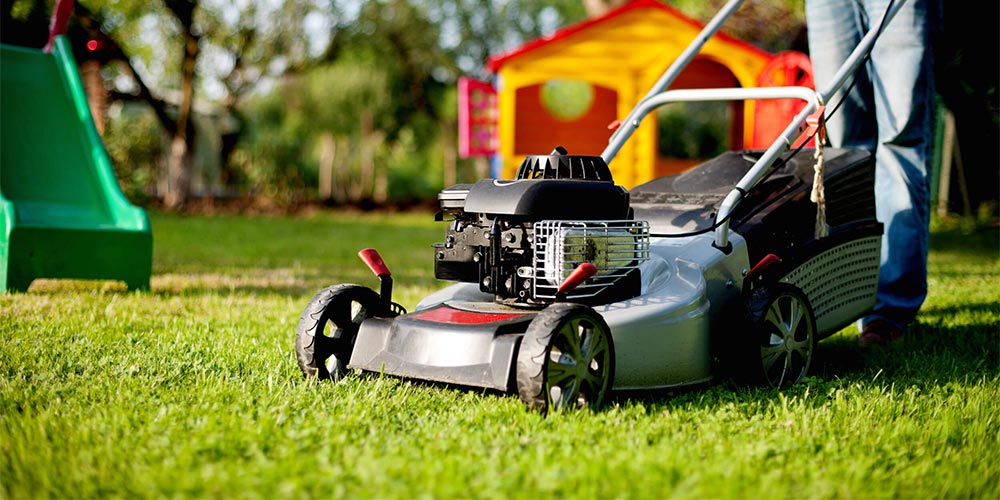
Have you ever wondered why the grass must be cut to a certain length, and why it has to be planted at a specific time of the year, and if there is an easier way to have a lush stand of grass? The essentials of a thriving, green landscape start with how much care goes into your grass throughout the year.
Setting Up the Blades
To keep your yard in tip-top shape, you need to understand the why of correct mowing. First, starting with a sharp mower blade means that you will actually cut the grass blade, while a dull blade can rip the grass. Ripping the grass can leave a jagged edge that is susceptible to disease and pests. Second, your grass can have brown edges that mar the appearance of your lawn. Lastly, the jagged edges can stress your lawn and hinder it from absorbing the water it needs to flourish.
Sticking to a Schedule
Mowing the lawn also needs to occur at the best time of day, if possible. The mowing could occur in the late morning when the dew has evaporated or in the afternoon once the hottest part of the day is over if you want to capture the ideal times to cut the grass. Mowing in the heat of the day can stress the roots and blades, allowing too much of the moisture to evaporate from the soil and leaving the grass with little water.
Mowing after a rainstorm can be tricky since the grass is fragile and the roots can be more easily pulled from the soil. Wet grass tends to bend, forcing your mower to not actually cut the grass but instead pass over the blades. Wet grass also tends to clump and leave large clods of clippings in piles around your yard, potentially causing the grass underneath to die unless the wet clumps are removed quickly. The wet ground can be left with ruts from the mower tires, which never looks good in a freshly mowed landscape.
Watering at the right time of day, as well as to a correct depth, can also help your lawn to stay strong and green. Early morning watering to a depth of 2-3 inches two to three times per week can allow the water to penetrate the roots for optimal absorption. Additionally, the temperature is at its lowest then, which is helpful for maximum water penetration and minimal evaporation. This can lead to a healthier stand of grass and reduced water waste.
Feeding the Landscape
Just like humans need food to thrive, so does your grass. Lawn fertilizer is perfectly proportioned food for your lawn but must be in the right ratio for the type of grass that is in your landscape. Too much fertilizer or applied at the wrong time can do more harm than good since it can burn the grass. This is why it is important to understand which type of fertilizer works best for your grass and how to time the applications for the best results.
Because you want your landscape to look dazzling when you invite friends and family over for a barbeque or if you decide to sell your home, caring for the grass in a way that produces a consistent collection of dark green grass that is free of weeds and pests can take a concerted effort. Mowing can be the culmination of efforts toward nurturing your grass to complement the landscape in every way.
